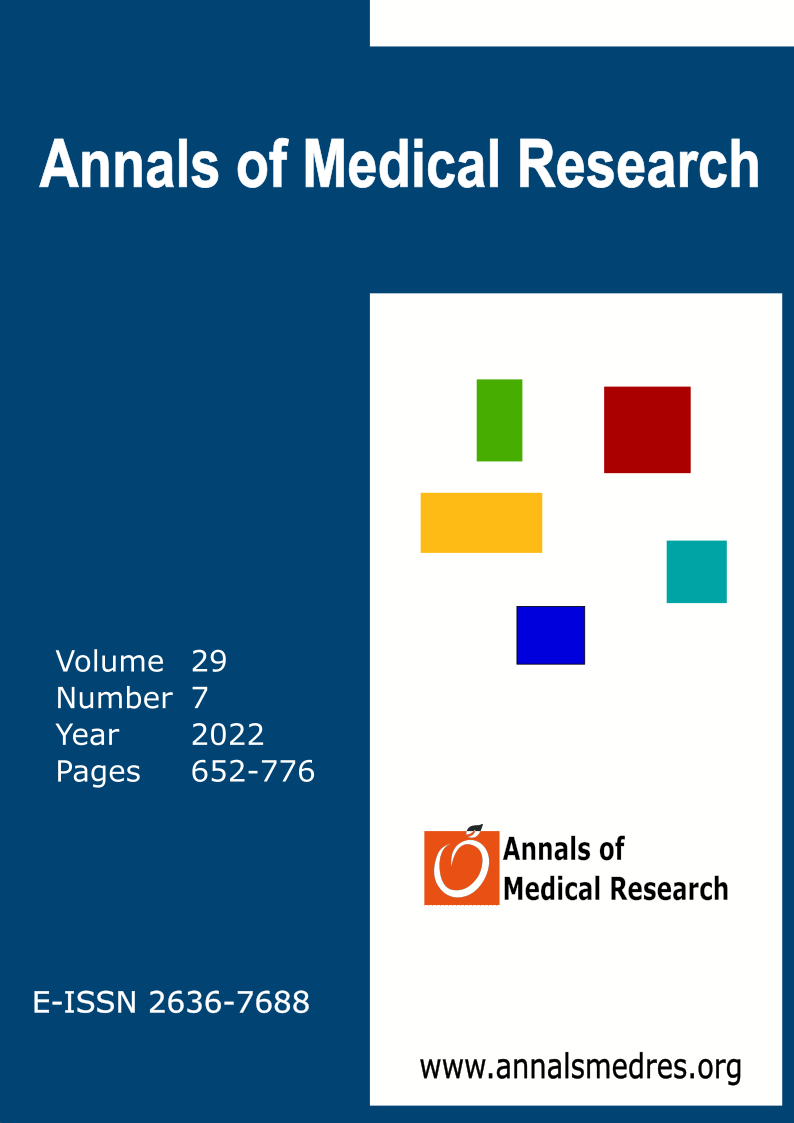Evaluation of the learning curve in terms of operation time in robotic assisted unicondylar knee arthroplasty
Keywords:
Robotic assisted, Osteoarthritis, Medial compartment, Arthroplasty, UnicondylarAbstract
Aim: There are few studies in the literature evaluating the robotic assisted unicondylar knee arthroplasty (rUKA) learning curve. This study aimed to evaluate the learning curve in robotic assisted unicondylar knee arthroplasty in terms of operation time.
Materials and Methods: The data of patients who underwent rUKA between October 2016 and December 2019 were retrospectively analyzed. Age, gender, side, and body mass index (BMI) values of the patients were obtained from the patient files. To compare the operation times, the patients were divided into two groups. The first group represented patients who had surgery in the first half of the follow-up period (n=27), while the last group represented patients who had surgery in the second half of the follow-up period (n=28).
Results: During the study period, rUKA was performed on 55 patients (42 females, 13 males) with a mean age of 64.1 years. The demographic data of the two groups were similar. The mean operative times of the first (n=27) and the last groups (n=28) were 101.8±16.1 minutes, and 84.8±9.9 minutes, respectively (p <0.001).
Conclusion: The mean duration of operation was significantly shorter in the last group who underwent rUKA, compared to the first group. Our findings showed that there is a significant learning curve in rUKA surgery in terms of operation time.
Downloads
Published
Issue
Section
License
Copyright (c) 2022 The author(s)

This work is licensed under a Creative Commons Attribution-NonCommercial-NoDerivatives 4.0 International License.
CC Attribution-NonCommercial-NoDerivatives 4.0






